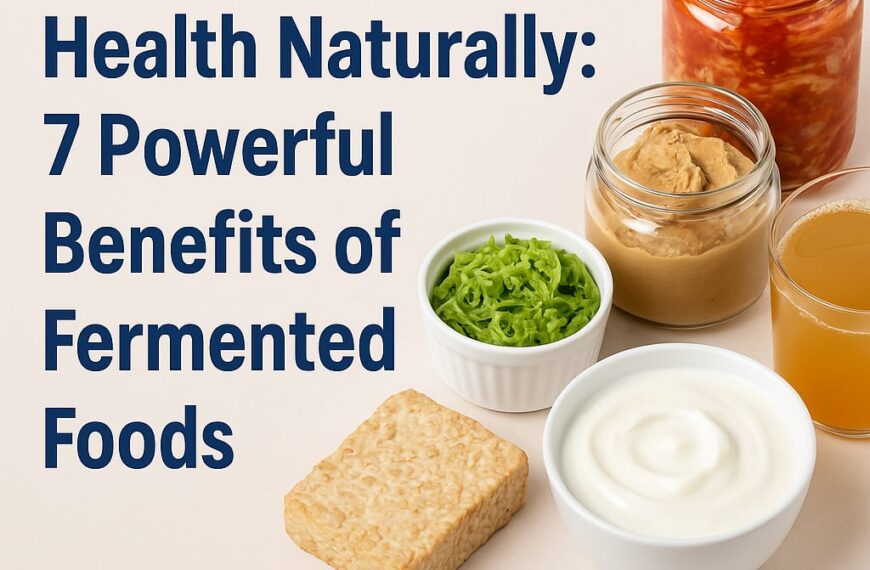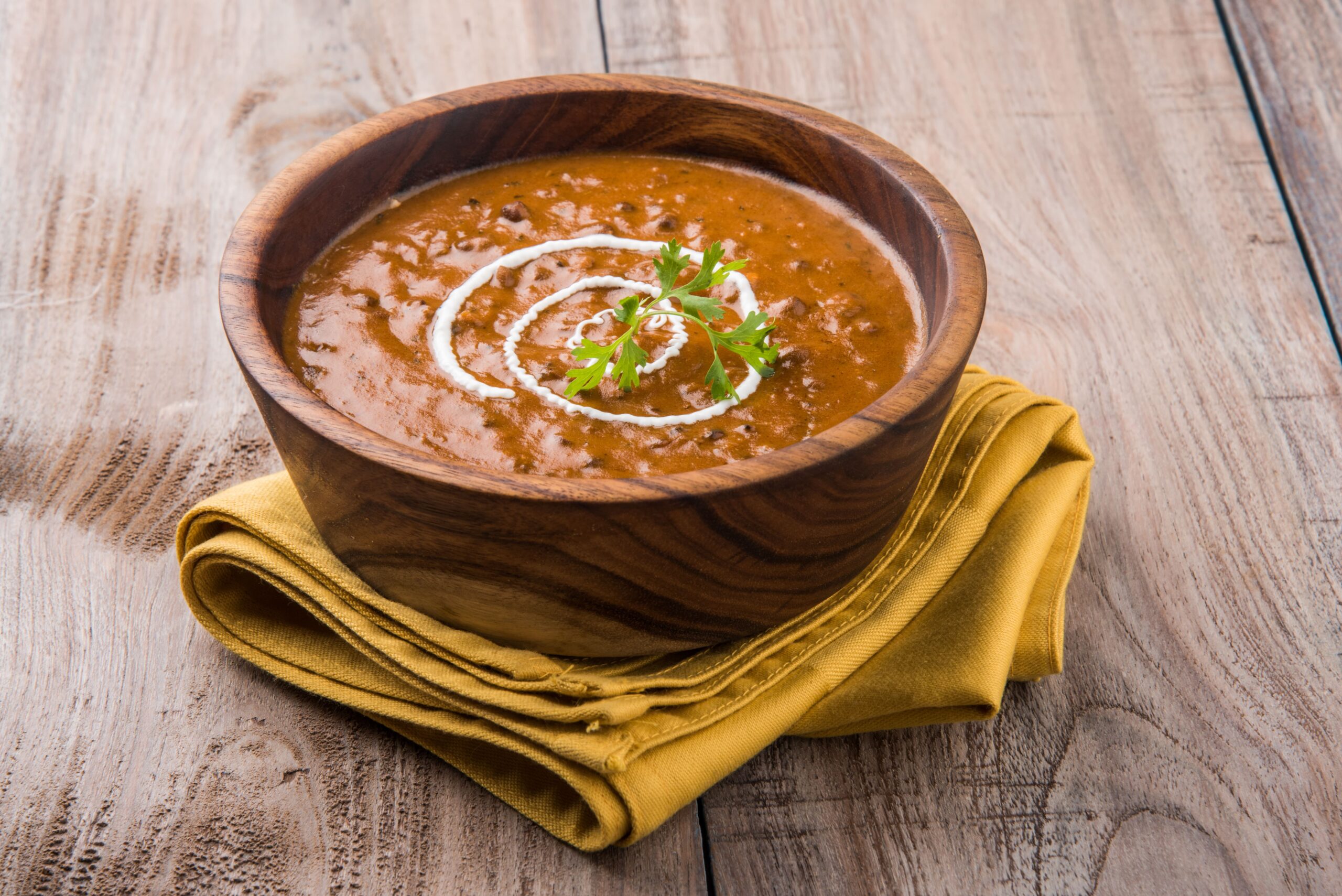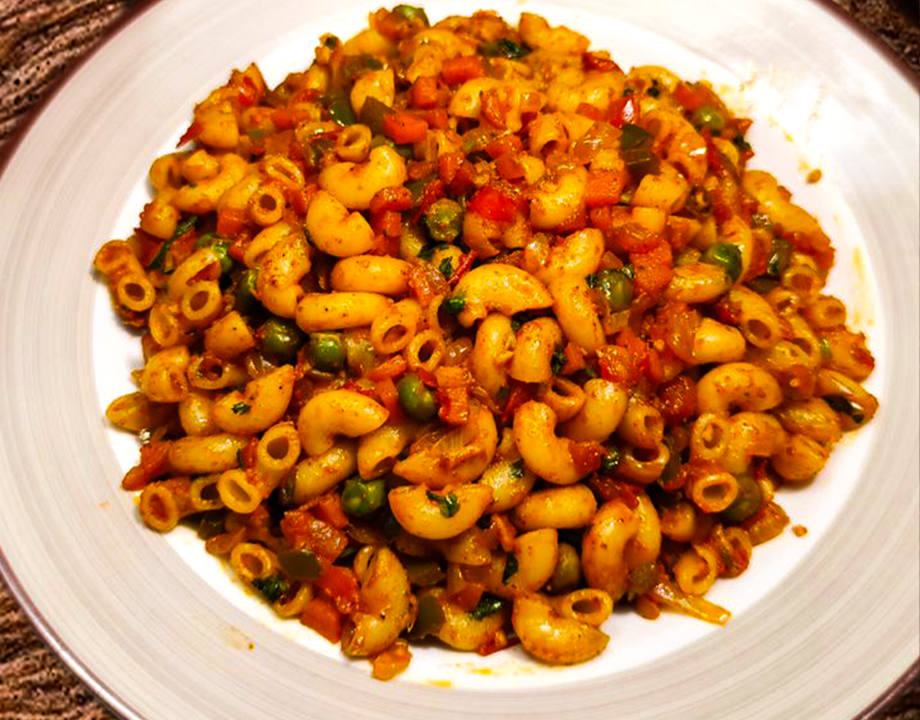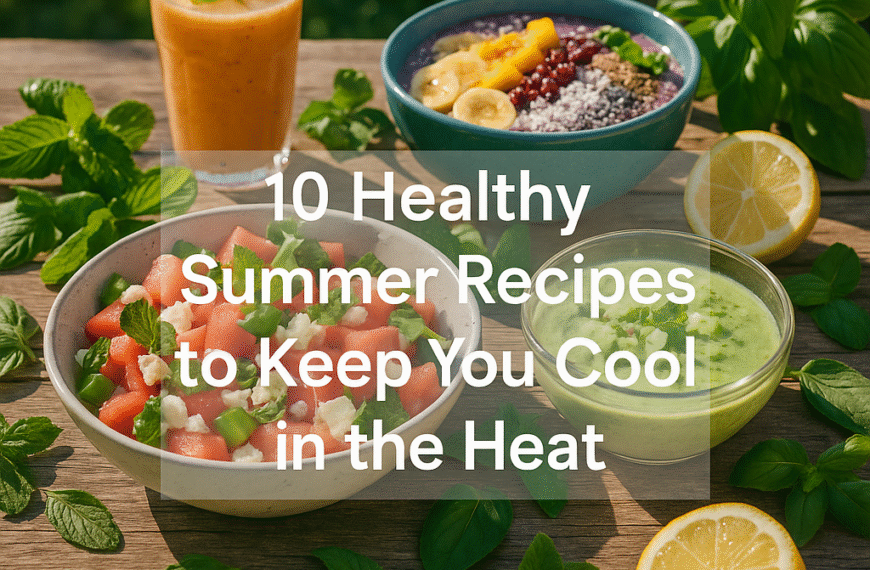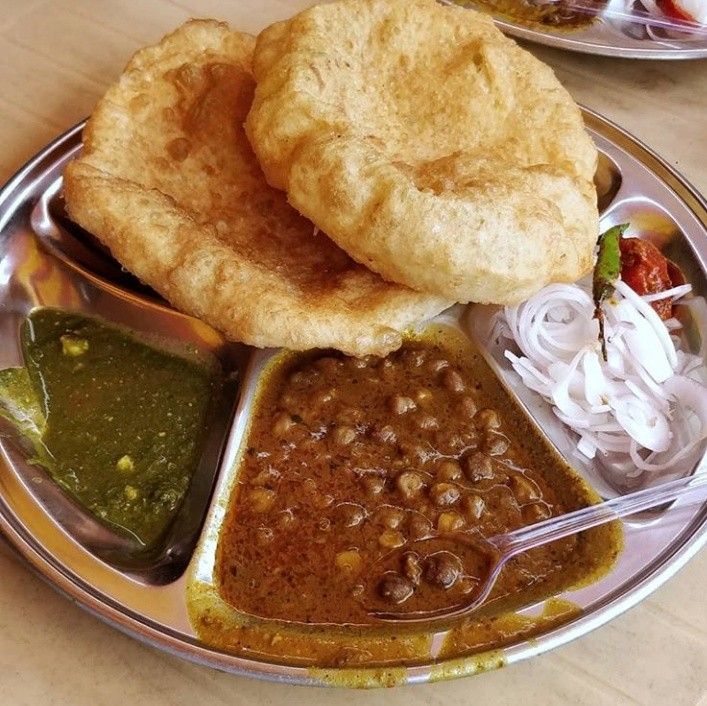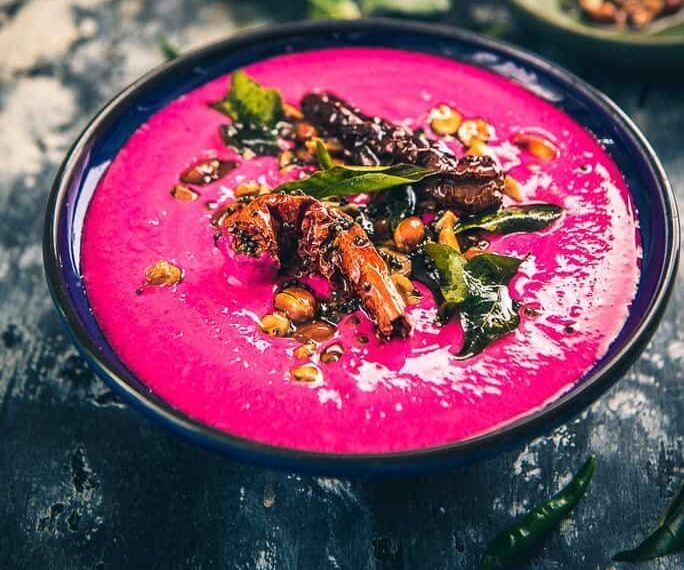In This Article
Water functions as a life-essential element because it drives almost all bodily operations, including temperature maintenance and digestion processes. The human body needs water to metabolize nutrients, dispose of waste materials, maintain joints, and promote wellness. Even though water has clear significance, people often develop misconceptions about water intake, which produces widespread confusion. Has your water consumption reached dangerous levels or remains at an inadequate amount? Strict adherence to the daily water intake rule of ‘eight glasses’ is one of the most common hydration myths, as thirst indications should guide your water consumption instead.
The body shows excellent abilities for indicating its needs yet popular myths still manage to mask natural signals. Your necessary water intake depends on several factors including your age, body weight, physical activity level, and environmental climate conditions. Your daily fluid intake consists of multiple sources since hydration levels also derive from eating fruits and vegetables along with drinking tea and milk.
The current discussion about hydration requires proper fact-checking to prevent either excessive water consumption or water dehydration issues. You can create an individualized hydration plan through scientific knowledge of hydration principles and by debunking preliminary misconceptions. The following article analyzes universal hydration myths by providing information to help you make knowledgeable hydration decisions that align with your health and personal lifestyle. The following piece explores hydration’s actual requirements to help your body thrive.
Debunking Hydration Myths: Understanding Your Body’s Needs
Water makes up sixty percent of the human body composition, hence demonstrating its essential role in maintaining health. The human body depends on water because it assists in transporting nutrients as well as removing waste while aiding in joint lubrication. The essential role of water consumption remains inconsistently advised among healthcare professionals and experts.
Some hydration experts recommend that people follow an eight-glass-a-day policy, but others base their guidelines on hydration intuition. The quantity of water an individual requires depends on their age, their activities and environmental conditions. Various water sources such as drinking water and food items like fruits and vegetables as well as tea eliminate the need for strict hydration guidelines. Here are some myths given:
Myth 1: You Must Drink Eight Glasses of Water Every Day
Many people believe that drinking eight glasses of water daily serves as the rule of hydration but it does not apply to everyone. The amount of water required by individuals depends heavily on their age, physical weight and the extent of their exercise as well as the surrounding environmental factors. Science says adult males should get 3.7 liters (125 ounces) of water while women should take 2.7 liters (91 ounces) daily from all water consumption types including food hydration sources.
Most of your daily hydration needs not only stem from drinking water but also come from consuming foods such as cucumbers along with oranges and watermelons. When focusing only on one specific number it may cause either excessive water intake or feelings of anxiety regarding water consumption. Develop your awareness of bodily signals to let thirst determine your fluid consumption. You can fulfill your hydration needs by including different fluids together with hydrating foods in your dietary plan while avoiding an outdated restriction. Other than balance and flexibility daily fluid intake needs depend on individual health.
Myth 2: Thirst Is a Bad Sign
The public misconception is that thirst emerges after dehydration has already begun yet scientific evidence shows otherwise. The human body uses thirst as an effective method to monitor its water content levels. Thirst arises before your body becomes significantly dehydrated. Serious dehydration symptoms involving dizziness along with confusion and dark-colored urine require immediate care from medical professionals.
Everyday thirst functions as a natural performance control system of your body. These factors trigger frequent thirst when weather is hot or during physical exercise or after consuming salt but they do not indicate water-dehydration. Your body provides a reliable internal mechanism for hydration management through thirst signals which you should respond to correctly. Do not fall into the false belief that you need to constantly drink water before your body requests hydration because your body guides your water consumption naturally.
Myth 3: Coffee and Tea Dehydrate You
For several years people have believed coffee and tea dehydrate the body although this is a widespread misconception about hydration. Your daily water consumption gets an added benefit from drinking these beverages because they have caffeine despite its slight diuretic properties. Medical studies demonstrate that drinking moderate amounts of coffee and tea does not lead to dehydration because both beverages belong to safe hydration routines.
Both beverages contain water, and their marginal diuretic properties become negligible when you consume them regularly. The people who drink these beverages can rest easy since these fluids will not undermine their hydration goals. Herbal teas, together with decaffeinated drinks, make an excellent addition to your fluid intake regimen. Hydration efforts should focus on moderation together with plain water and water-rich foods along with other beverage options for achieving daily water consumption.
Myth 4: Clear Urine Equals Perfect Hydration
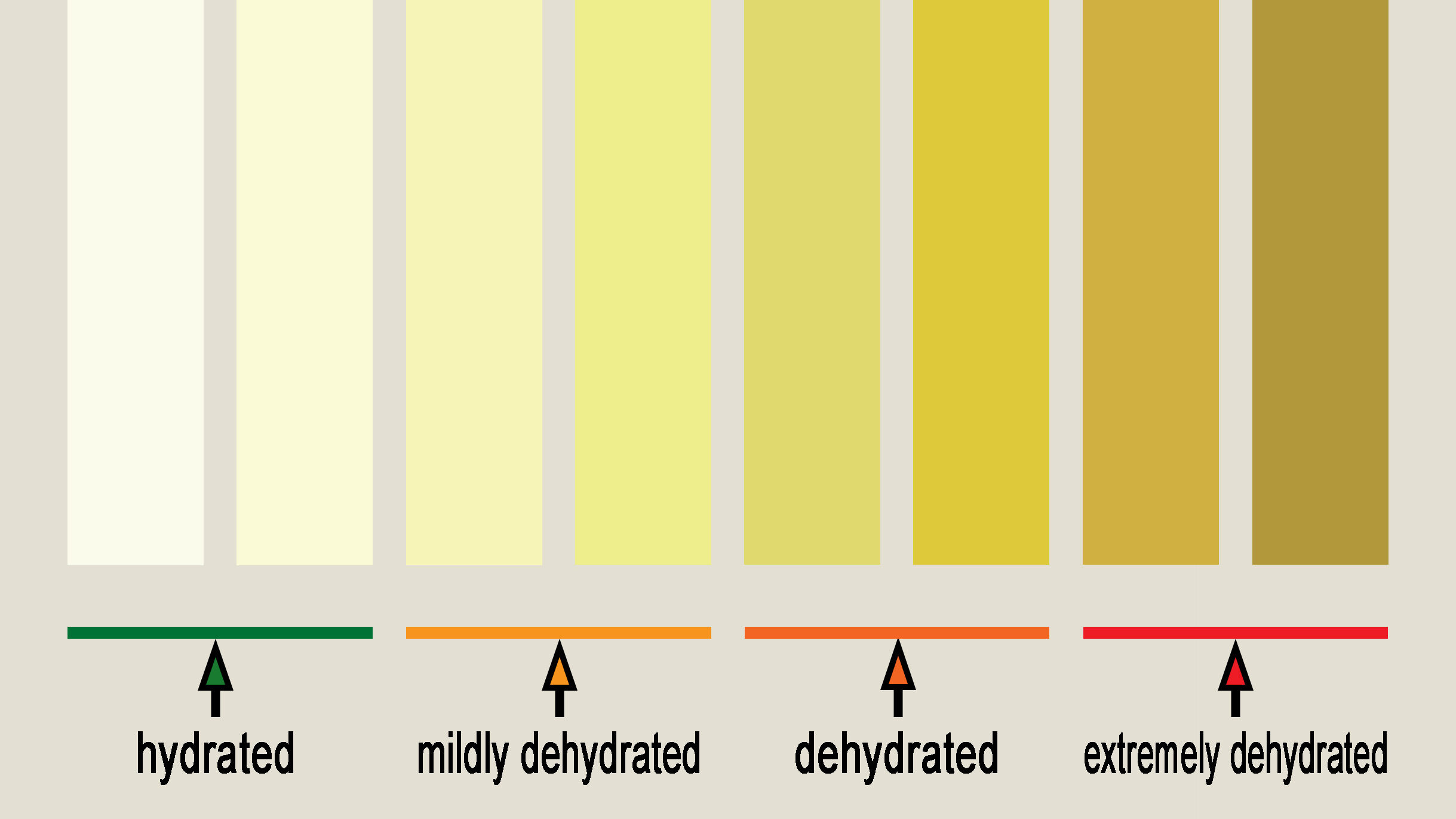
Many people reinforce the false hydration belief that clear urine shows total hydration success but this theory lacks complete accuracy. Forms of pale yellow urine show proper hydration status but excessive hydration may be indicated by clear urine. Extensive water consumption leads to blood sodium dilution which triggers a dangerous medical state called hyponatremia. Finding the right water consumption level is more essential than attempting completely transparent urine.
Urine color relies on multiple environmental factors, including diet substances and medicine indications because these elements alter the way urine looks. A target urine appearance should be light yellow just like lemonade because this represents proper hydration without becoming overhydrated. A light yellow urine color during hydration indicates proper hydration without system water overload. Instead of focusing on urine clarity you should drink water as you feel thirsty while incorporating different hydrating foods and beverages in your meals.
Myth 5: Drinking Water Helps Flush Out Toxins
Large water consumption does not cleanse the body as many people believe according to water hydration myths. Hydration acts as an essential factor for kidney function yet your existing kidneys excel at waste elimination from bloodstream. Excessive water intake during detoxification does not improve the effectiveness of the process. The kidneys become overloaded and important body electrolytes get diluted by excessive water consumption.
Complete body detoxification requires three crucial elements which are nutritional wellness coupled with proper water intake and functional body organs. Irrigating the body with water helps various procedures operate but it cannot cleanse the body independently. You should drink liquids regularly and consume different water-based foods in your daily meals. Following a balanced strategic plan will help your body detox effectively while avoiding incorrect beliefs that excess water contributes to better cleansing.
How to Stay Properly Hydrated
- Drinking water should begin when you experience thirst because physical activity or sweating will require more water. The thirst sensation in your body functions as the natural fluid indicator which you should rely on.
- Your diet should contain watery foods including watermelon alongside cucumbers and oranges throughout your daily meals. The combination of smoothies with salads together with soups makes an excellent approach to increase hydration levels through food.
- Water consumption extends beyond water bottles because hydration supports drinking various beverages. You can reach your fluid needs by consuming milk and herbal teas and moderate amounts of coffee. Select drinks that match your personal food choices along with any health-related food requirements.
- The hot or humid climate together with high altitudes and seasonal shifts all require evaluation of your required water intake levels. Water your fluid consumption according to the environmental conditions you face.
- Physical activity elevates heat production making you lose fluids by sweating. An active individual should keep a water bottle during workout time so they can steadily refresh while staying hydrated.
- A person can evaluate their hydration state by checking their urine color. Seek yellow urine color since it indicates proper hydration levels but suggests that you are not drinking too much water.
- Establish a daily schedule where you drink fluids in measured amounts across the entire day. Drinking small amounts of water throughout the day works better than consumption of high fluid volumes within single periods.
Your daily hydration practice will become automatic with the right approach to understanding your body’s water needs. Try multiple methods of hydration and choose the ones that work best to achieve the correct hydration levels.
Final Thoughts
Hydration stands as one of the basic well-being components yet faces various misconceptions because people frequently become confused about this concept. Hydration requires understanding your personal water needs through selection of matching water consumption methods according to your daily routines. Take water decisions based on your personal balance which includes your body signals instead of adopting universal guidelines.
The available hydration methods consist of water-rich food items and water itself as well as water-based beverages. Thirst provides your body with accurate hydration information however you need to recognize overhydration risks because they match dehydration risks. A beneficial hydration state develops when you implement sensible advice and combat incorrect hydration misconceptions.
Achieving hydration does not require complicated approaches because it remains straightforward to accomplish this goal. One achieves proper hydration through body signaling processes and smart food choices and teaspoons of practice activities on a regular basis. A balanced hydration method will lead you to achieve your best results for wellness.

